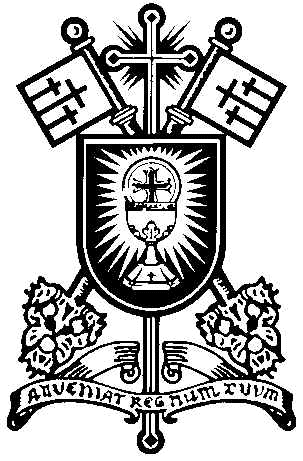 The Liberal Catholic Church
The Liberal Catholic Church

A tri-annual magazine exploring the deeper aspects of religious thought,
experience and practice in the world today
![]()
|
|
|
Christmas, a Feast of Light Dr. John Algeo, U.S.A.Christmas is one of the most holy days of the year. Celebrated hard upon the winter solstice, it comes at a time of the year when the physical light of the sun is at its dimmest in northern climes and endures most briefly during the day. It is the time when darkness is visible. Out of the great darkness of midwinter, however, comes the rebirth of light, the rebirth of the Sun. Just two days after Christmas is the feast of St. John the Divine, one of the great saints and an expositor of Light and Enlightenment. St. John was the bearer of the Good News that "in the beginning was the Word and the Word was with God, and the Word was God." At this season when light is reborn out of darkness, he also tells us that "the light shines in the darkness, and the darkness does not overcome it." We celebrate that rebirth by adorning evergreen trees with ornaments and lights. The evergreen is a symbol of immortality because it lives through the coldest days of winter. It is also a symbol of the cosmos, the Tree of Life, Yggdrasil, the World Tree, the Tree of Wisdom, the Bo Tree. The ornaments we hang upon it are the marvelous fruits of the Tree of Life, the creatures who shelter in its branches, the rich karmic results of a life well-lived. The lights upon the tree are symbols of the divine sparks for whose sake the tree exists. They are fragments of the light that is reborn on Christmas day. Nowadays in our secular culture, the commercial holiday that has replaced the traditional holy day starts earlier and earlier each year. Christmas decorations now come before Thanksgiving. In older days people were more sensitive to the spirit of the time. Christmas, following four weeks of Advent preparation, started after sunset on December 24th and lasted for twelve days, until the Feast of the Epiphany on January 6th. Epiphany is another feast of light. It commemorates the arrival of the Wise Men from the East, who came in search of the King of Kings and who followed a star in their search. Epiphany means a sudden showing forth or manifestations of divinity among humanity. On Christmas, the divine is concealed in the human; on Epiphany it is made apparent to the Wise among us. Christmas is the time of shepherds and a stable, of the merger of the divine and the animal in human nature. Epiphany is the time when the Wise, following the Star of Initiation, arrive to worship the divine incarnate and bring gifts of gold, frankincense, and myrrh. Gold is to adorn a King; frankincense is to worship a God; myrrh is to anoint a body for burial. Exactly in the middle between Christmas and Epiphany comes the first day of the New Year. Between the hidden and the manifest, between the humble shepherds and the magnificent Magi, between birth on the one hand and coronation, deification, and death on the other, comes the New Year. The twelve days of Christmas are the twelve cycles of our pilgrimage in the world, the twelve signs of the Zodiac, the twelve labours of Hercules. When we think we are only halfway there, only at the midpoint of our pilgrimage, we get to start anew. Every midpoint is a new beginning, a New Year. The darkest night, the shortest day, the coldest season, midway between the pangs of birth and the pain of death, we have the blessed gift of a New Year, a fresh start, an opportunity to die to the old and be reborn to the new. That is what Christianity and all the Mystery religions are about: dying and being reborn. |
|